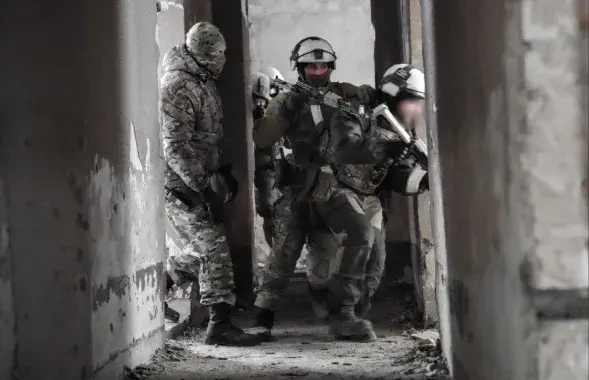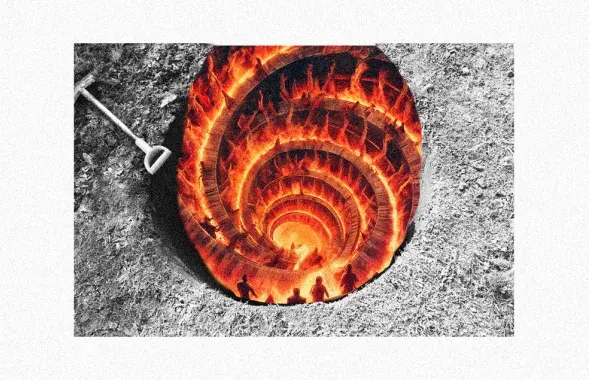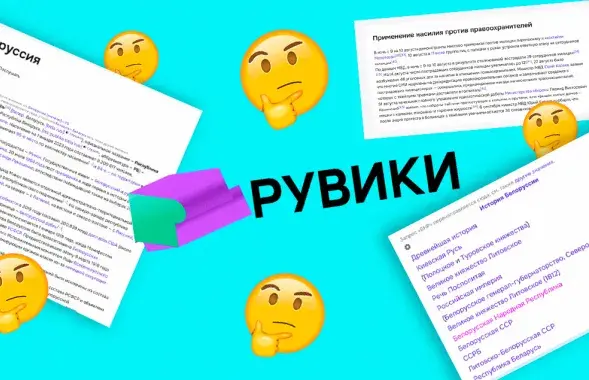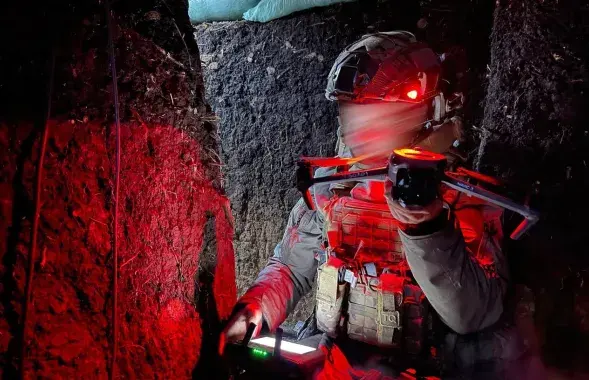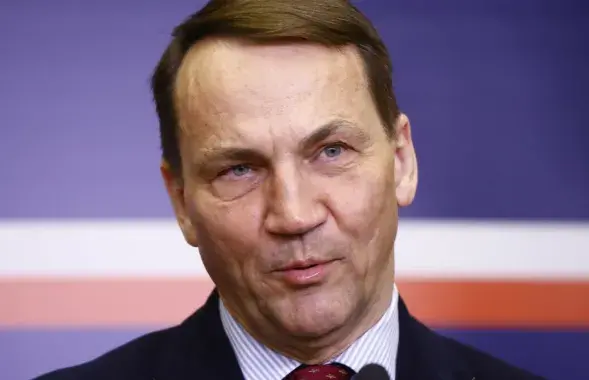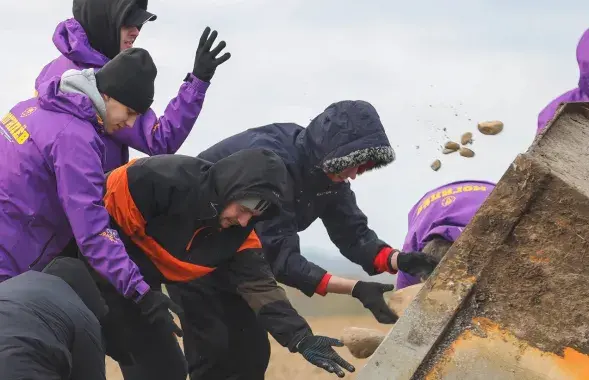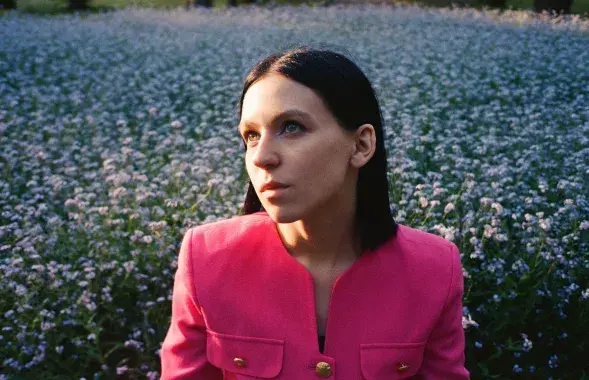Russia lobbies experimental reactor for Belarus nuclear plant
The Belarus president on Monday signed the first decree regarding the construction of a nuclear power plant. On Tuesday, a high-ranking official at the National Academy of Sciences said Belarus was soon to announce a tender, adding that the station would not be built “without Russia”. A team of nuclear specialists from the Nizhniy Novgorod-based Afrikantov Research and Design Institute is today in Minsk, the European Radio for Belarus has learned. This institute is the leader of Russia’s nuclear energy sector which specializes in designing reactors and nuclear power stations.
Two months ago, Belarus Vice PM Andrei Kabyakou visited the “reactor institute”. The European Radio for Belarus called Alexander Zaglyadnov, the deputy head of foreign economic relations department at the nuclear institute in Nizhniy Novgorod to inquire which reactor was picked by Belarus.
“No further serious talks took place, following our meeting in Nizhniy Novgorod. We had only private phone calls from your side in order to get some clarifications on the design. Mainly, we are in contact with the Belarusian nuclear institute in Sosny. But the interest was expressed at the level of Energy Ministry,” Zaglyadanov said.
Belarusians were interested in a nuclear reactor of VBER-300 type. Designers call it their “fad”. But, this is an experimental project, so far. No reactor of this type is operational, yet.
“This reactor does not exist yet, but it has been promoted actively. This is a new project which has drawn interests from Belarus and Kazakhstan. The number of 300 means output. It is rather little and local. The Russian energy system works on the basis of VBER-1000 reactors. According to the Belarusian delegation, your energy networks are not sufficiently powerful. Therefore, reactors with the output of 1000 or 1500, proposed by France, are too powerful for you,” Zaglyadnov said.
Does Belarus seem to have a little choice?
According to the Russian scientist, reactors VBER-1000 and VBER-300 resemble in their technical performances. VBER-1000 used in Russia is a water-water reactor. It means that water is used both as a moderator and a coolant. VBER-300 is a water block reactor. They say it is allegedly safer.
The cost of the reactor is classified. But, according to the Russian designers, foreign and Russian reactors cost approximately the same. The point is that Russian uranium is cheaper.
In respond to the question how many VBER-300 reactors would be needed for the Belarusian station, Zaglyadanov noted that there would be a need for two and explained why.
“Usually, a nuclear power station comprises two blocks. Fuel is loaded into the reactor for one year. Afterwards, time is needed in order to reload it within two weeks. To avoid energy cuts, the second block serves as a back-up for this period. So, it is necessary to build an at least two-block station”, Zaglyadnov said.
Kazakhstan has already established a joint venture with Nizhniy Novgorod named “Nuclear Stations”. The European Radio for Belarus has learned that Kazakhstan and Russia spent two years for negotiations. President Nazarbayev was personally involved in the talks. It appears that the experimental reactor will be first tested on the Kazakhs.


